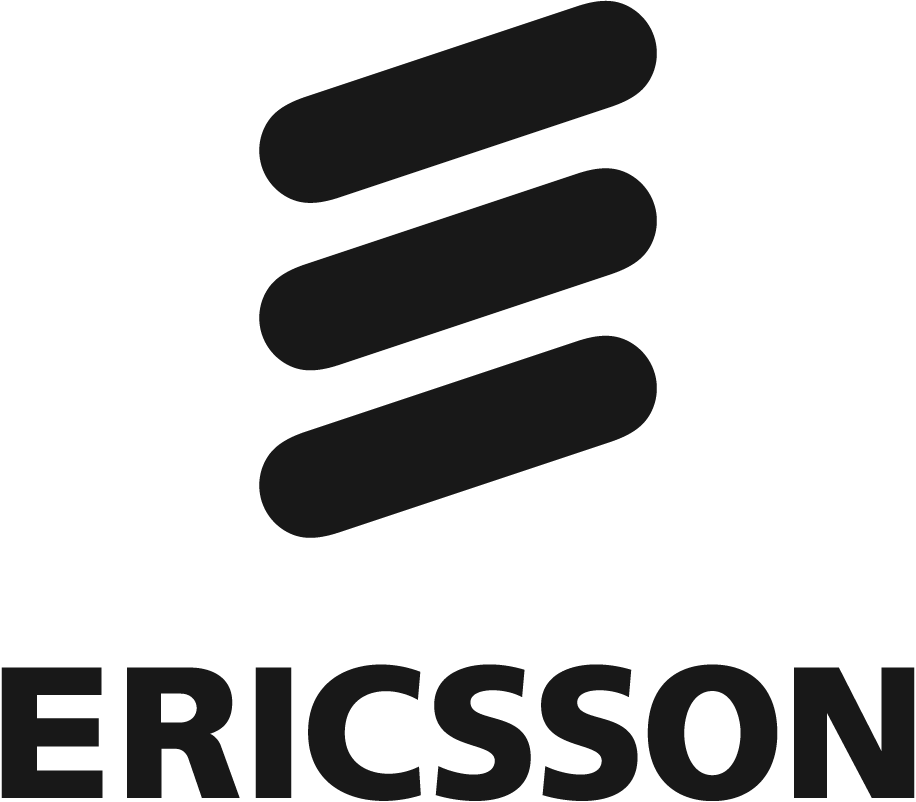Intelligent RAN Site Power Management Can Save You Energy and Power

Originally published by Ericsson
By Shane McClelland, VP Strategy and Business Development, Head of Emerging RAN Solutions
I don’t know about you, but I watch energy consumption at my house closely. I raise the temp inside during summertime and lower the temp during winter when I’m not at home. I run my appliances like dishwashers and laundry machines at off-peak hours when I’m not paying as much for power. I’ve installed smart sensors and controllers in my house enabling me to plan for, remotely monitor, and control energy use based on the situation. As a result, I save a few $’s every month on my power bill, relieve stress on the grid, and hopefully make the world a greener place. I have not installed solar panels on my home yet, but friends have done this, and they are selling power back to their power company, lowering their bill further and, in some cases, even making a few bucks.
So, I started thinking, if we can do these things at home, why not at work? What might happen if we managed RAN site power use similar to the way we do at our own home?
This blog explores how to apply intelligent power management at your RAN sites. I think you’ll be surprised with how much money you can save, help contribute to corporate ESG goals for sustainability, and make the world a greener place.
How to do I get started?
- Make a goal and get specific. Sounds simple, but many corporate sustainability initiatives lack specific targets for RAN site power consumption. There are lots of published targets for net zero, but very little on how these net zero targets might be achieved. It helps to set policies and standards for RAN site power consumption. For example, I want to reduce power consumption by 20-30% at every site.
- Gain situational awareness. To meet your goal, you must take a holistic view of the energy sources, power resources, and consuming technologies at RAN sites today. In addition, you need to know details like power consumption over time. When during the day does a given RAN site use the most power? And, how this demand varies over time.
- Use the least cost power source available at the time when needed. Knowing this information, you can start to think about which RAN power system capabilities and energy storage asset can be used in combination with available power sources i.e. grid, diesel generators, renewables (solar and wind) to lower cost. Then, proactively manage RAN site energy use with policies. Take advantage of tariff-based charging from the power company via peak load energy management (power shifting and shaving). Use diesel generators as a last resort.
This is a new way of thinking about RAN site energy use. Operating in a hybrid power source approach implies you have situational awareness at your sites and the ability to automatically switch between power sources at the right time. This might seem more complex compared to a one-size-fits all, cookie cutter approach to powering RAN sites. But, have no fear there is a way not only to mitigate this complexity, but embrace it as an opportunity to save money and be greener.
Ericsson’s Smart Connected Site
The Smart Connected Site incorporates a complete range of functionality and products, including the radios themselves, working as a system. Smart Connected Site solutions cover all RAN site types ranging from rail- or pole-mounted to cabinet-based systems that use and manage power from the grid and renewables in a hybrid operating model.
The foundation of the Smart Connected Site is Ericsson’s power system, which includes a wide range of solutions for efficient and scalable power distribution and energy storage for 5G expansion. This includes high-efficiency rectifiers and flexible energy-storage alternatives like lithium-ion batteries with default connectivity for safety and remote supervision.
The brain of the system is Ericsson’s Site Controller 6610. It collects, aggregates, and communicates radio, power and enclosure, and site material operating data and status to the Ericsson Network Manager (ENM). This allows a network operator to leverage industry-leading advanced AI and automation techniques for real-time awareness and control of all RAN site assets. With intelligent actionable insights, smart energy management, and predictive data, network operators will see significant improvements in energy efficiency and associated cost savings.
Summary
So, just like at a smart home, with Ericsson’s Smart Connected Site, network operators have the tools and capabilities to be more energy-aware and take proactive steps to consume power more efficiently. The combination of RAN and site collected data can provide unprecedented opportunities to save OPEX on your power bill, reduce truck rolls, and contribute to overall corporate ESG objectives. Ericsson’s Smart Connected Site enables you to do this today.
Why wait? I think I need to start doing the research on some solar panels for my house now.

